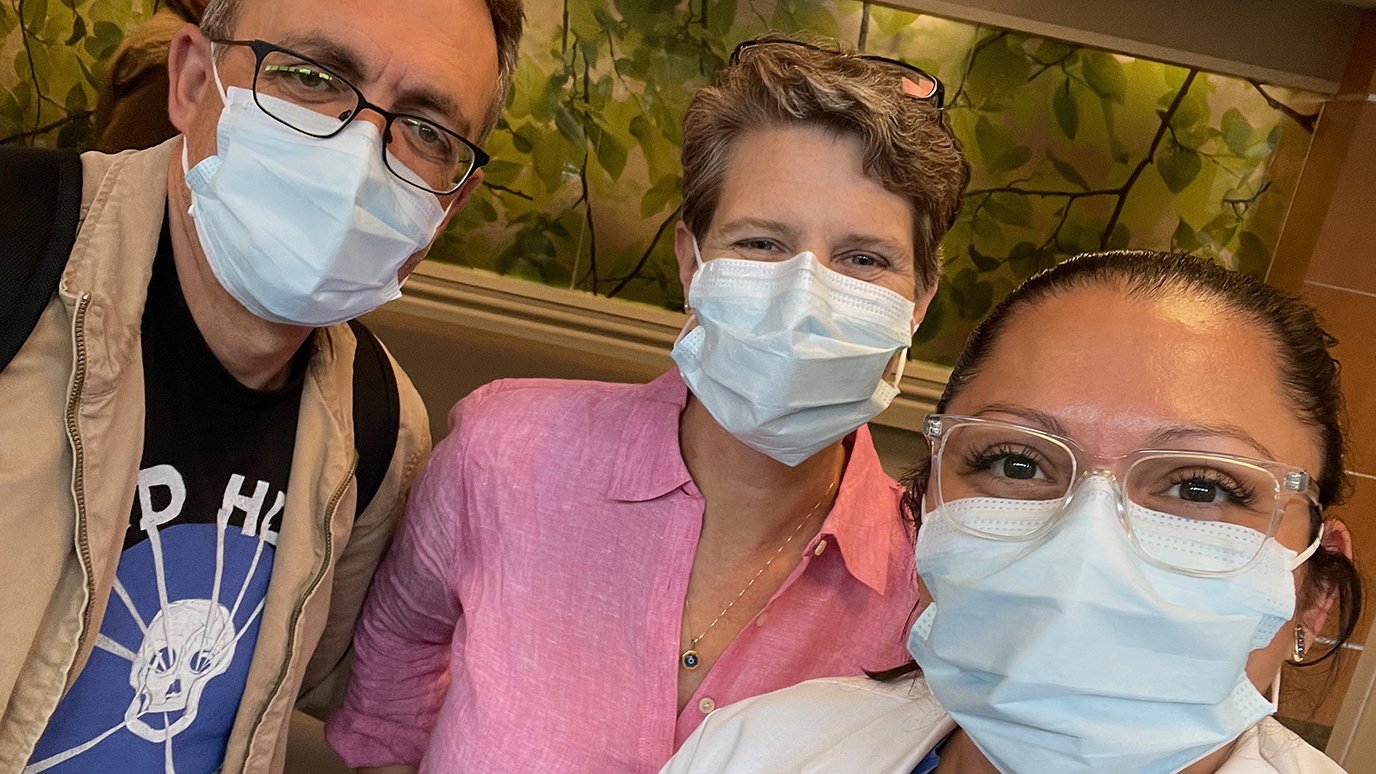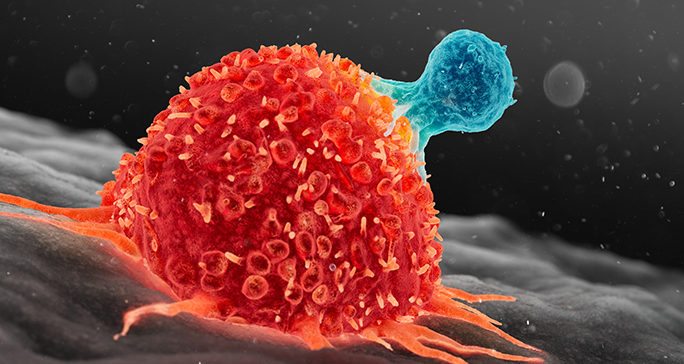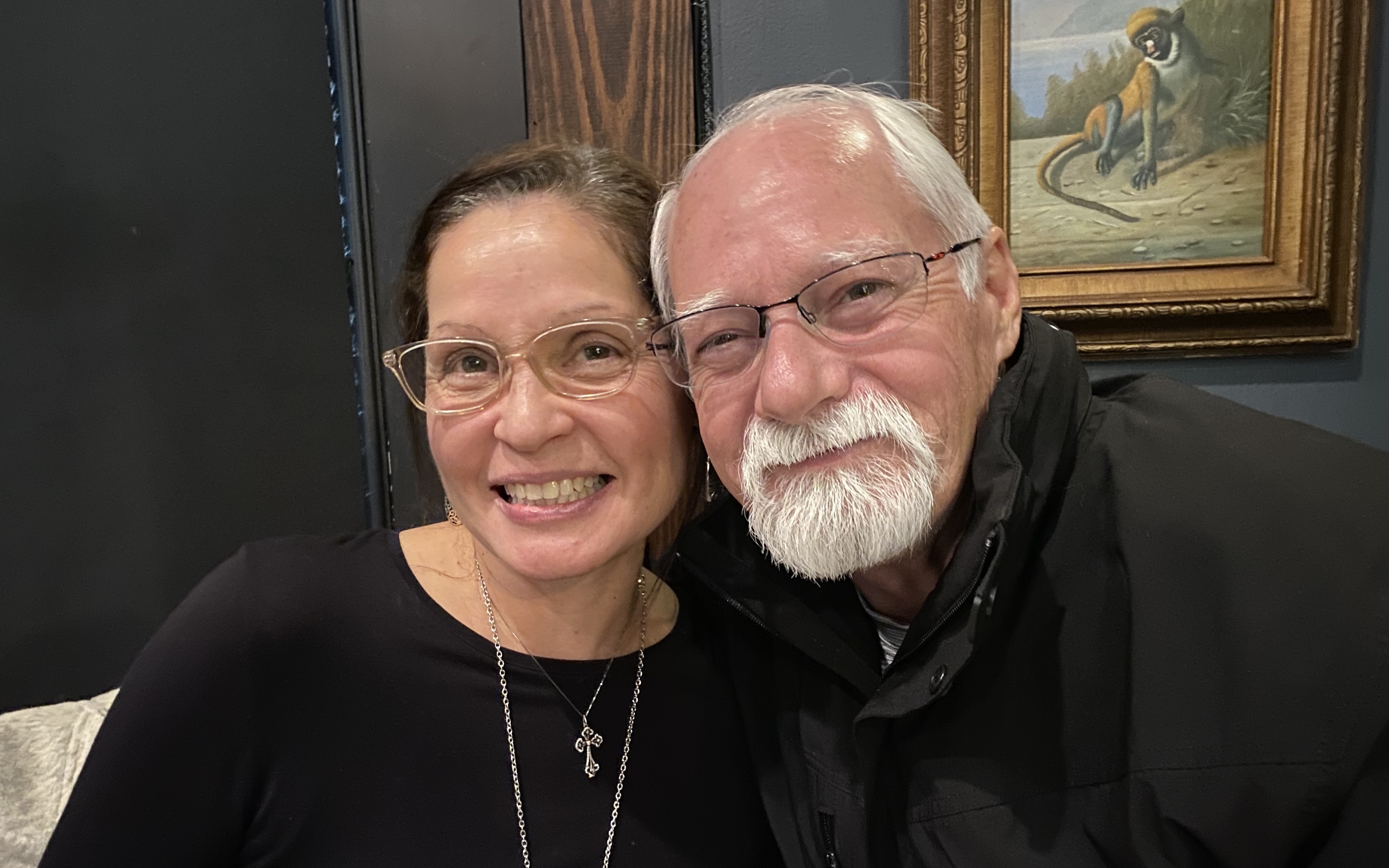- Diseases
- Acoustic Neuroma (14)
- Adrenal Gland Tumor (24)
- Anal Cancer (68)
- Anemia (2)
- Appendix Cancer (16)
- Bile Duct Cancer (26)
- Bladder Cancer (72)
- Brain Metastases (28)
- Brain Tumor (232)
- Breast Cancer (714)
- Breast Implant-Associated Anaplastic Large Cell Lymphoma (2)
- Cancer of Unknown Primary (4)
- Carcinoid Tumor (8)
- Cervical Cancer (158)
- Colon Cancer (166)
- Colorectal Cancer (118)
- Endocrine Tumor (4)
- Esophageal Cancer (44)
- Eye Cancer (36)
- Fallopian Tube Cancer (8)
- Germ Cell Tumor (4)
- Gestational Trophoblastic Disease (2)
- Head and Neck Cancer (12)
- Kidney Cancer (128)
- Leukemia (342)
- Liver Cancer (50)
- Lung Cancer (286)
- Lymphoma (278)
- Mesothelioma (14)
- Metastasis (30)
- Multiple Myeloma (100)
- Myelodysplastic Syndrome (60)
- Myeloproliferative Neoplasm (6)
- Neuroendocrine Tumors (16)
- Oral Cancer (100)
- Ovarian Cancer (172)
- Pancreatic Cancer (160)
- Parathyroid Disease (2)
- Penile Cancer (14)
- Pituitary Tumor (6)
- Prostate Cancer (146)
- Rectal Cancer (58)
- Renal Medullary Carcinoma (6)
- Salivary Gland Cancer (14)
- Sarcoma (238)
- Skin Cancer (296)
- Skull Base Tumors (56)
- Spinal Tumor (12)
- Stomach Cancer (64)
- Testicular Cancer (28)
- Throat Cancer (92)
- Thymoma (6)
- Thyroid Cancer (98)
- Tonsil Cancer (30)
- Uterine Cancer (80)
- Vaginal Cancer (16)
- Vulvar Cancer (20)
- Cancer Topic
- Adolescent and Young Adult Cancer Issues (20)
- Advance Care Planning (10)
- Biostatistics (2)
- Blood Donation (18)
- Bone Health (8)
- COVID-19 (362)
- Cancer Recurrence (120)
- Childhood Cancer Issues (120)
- Clinical Trials (632)
- Complementary Integrative Medicine (22)
- Cytogenetics (2)
- DNA Methylation (4)
- Diagnosis (232)
- Epigenetics (6)
- Fertility (62)
- Follow-up Guidelines (2)
- Health Disparities (14)
- Hereditary Cancer Syndromes (126)
- Immunology (18)
- Li-Fraumeni Syndrome (8)
- Mental Health (116)
- Molecular Diagnostics (8)
- Pain Management (62)
- Palliative Care (8)
- Pathology (10)
- Physical Therapy (18)
- Pregnancy (18)
- Prevention (918)
- Research (392)
- Second Opinion (74)
- Sexuality (16)
- Side Effects (604)
- Sleep Disorders (10)
- Stem Cell Transplantation Cellular Therapy (216)
- Support (402)
- Survivorship (322)
- Symptoms (182)
- Treatment (1786)
Pancreatic cancer survivor: I’m glad I took a chance on a Whipple procedure
BY Steven Adami
4 minute read | Published January 23, 2024
Medically Reviewed | Last reviewed by an MD Anderson Cancer Center medical professional on January 23, 2024
You might say that cancer runs in my family, but not with what I’d call any consistency. There’s been a random case of bladder cancer here, colon cancer there, or melanoma somewhere else. But overall, my extended family has been pretty healthy. So, I was surprised to be diagnosed with pancreatic cancer in 2017.
I went to MD Anderson for my treatment at the recommendation of one of my office staff. Her son-in-law did a fellowship there under Dr. Ching-Wei Tzeng, a surgical oncologist who specializes in gastrointestinal tumors.
My pancreatic cancer treatment was really tough. But I’m cancer-free today. I’m feeling good and back to ranching full-time. If I hadn’t gone to MD Anderson, I wouldn’t be here today. So, if I had to do it all over again, I would.
My pancreatic cancer symptoms
I’ve had problems with ulcers and irritable bowel syndrome for most of my adult life. So, I initially chalked up the abdominal pain I felt for a couple of weeks before my diagnosis to one of those. Then, my doctor prescribed an antibiotic, and I had what I thought was an allergic reaction to it. I started itching all over real bad.
My wife was putting calamine lotion on my back to soothe the itching one day when she noticed that my skin was turning yellow. I called the doctor. He told me I must have a blockage somewhere and to be there in an hour. Scans revealed a tumor on my pancreas. It was about the size of a man’s thumbnail and looked like a tiny soda can.
My doctor said that pancreatic tumors were rarely benign, but that I might be a candidate for surgery since the tumor was fairly small and didn’t appear to be attached to any blood vessels. I just needed to go someplace with experts who could treat it properly.
My wife and I called MD Anderson and made an appointment.
My pancreatic cancer treatment
At MD Anderson, I had a stent endoscopically installed to unblock my bile duct. The tumor happened to be sitting on it, which caused my symptoms to show up early. Pancreatic cancer doesn’t usually cause symptoms in its early stages. So, to that extent, I guess, I kind of lucked out.
Once I had the stent installed, I started chemotherapy to shrink the tumor under the supervision of gastrointestinal oncology specialist Dr. Milind Javle, then had a Whipple procedure under Dr. Tzeng to remove it. Afterward, I had more chemotherapy to kill any potential microscopic cancer cells that might still be floating around, undetected by scans.
I trusted Dr. Tzeng, but I was really worried about the Whipple procedure. My late grandfather had had his stomach removed at another hospital years before and barely survived the operation. I’d heard family stories for years about how hard that experience was for him and how much it changed his life for the worse. I knew my only chance at survival was to have the surgery, but it still took everything I had to go through with it.
The hardest parts of my pancreatic cancer treatment
Dr. Tzeng performed my Whipple procedure on Oct. 9, 2017. It took me quite a while to start feeling normal again afterward. Even now, my digestive system can be fickle. But I’m adapting, and I can eat about anything I want in moderation. Now, instead of having one or two bad days a week, I’ll only have them about once every six months, which is probably no different from a person who hasn’t had intestinal surgery.
Chemotherapy turned out to be the hardest part of my cancer treatment. I was so sick that some days I couldn’t get out of bed until 3 p.m. Even then, I’d just lie there on the couch and breathe. I was too sick to do anything else, even watch TV. I came close to wanting to give up. But then I’d think, “What if the next round is the one that cures me?” So, I’d gather my strength and go back for another.
Hold onto hope
Nobody knows how you’re going to respond to cancer treatment, or what’s going to happen to you in the end. The main thing is not to give up hope. It’s easy to feel low when the whole thing starts. You find out you’re sick, and the news always seems to be bad.
But today, I’m 69 and back to managing our ranch full-time. We have about 400 head of cattle now. We also have two grandkids, both born after my diagnosis. That’s way cool. It took about three years, but now I’m not just alive, but living.
I always wanted a custom-made saddle, but never felt like I could afford it. Then, a few months before my cancer diagnosis, I had a little extra money in my pocket from a business I’d sold. I decided to splurge and ordered one built. Then I found out I had cancer, and I thought, “I’ll never get a chance to use it.”
Today, that saddle has a lot of wear on it. And two years ago, I took out a 20-year mortgage to buy another piece of land. That’s not something I ever thought I’d do again. So, hold on to hope. It’s out there.
Request an appointment at MD Anderson online or call 1-877-632-6789.
Related Cancerwise Stories

I’m not just alive, but living.
Steven Adami
Survivor





